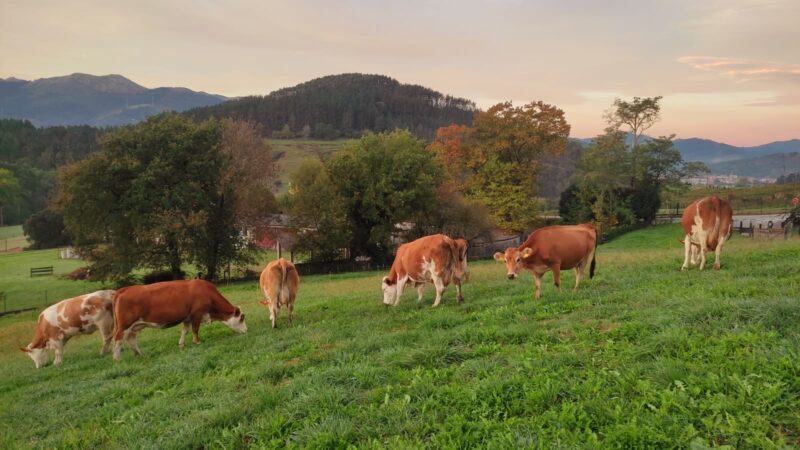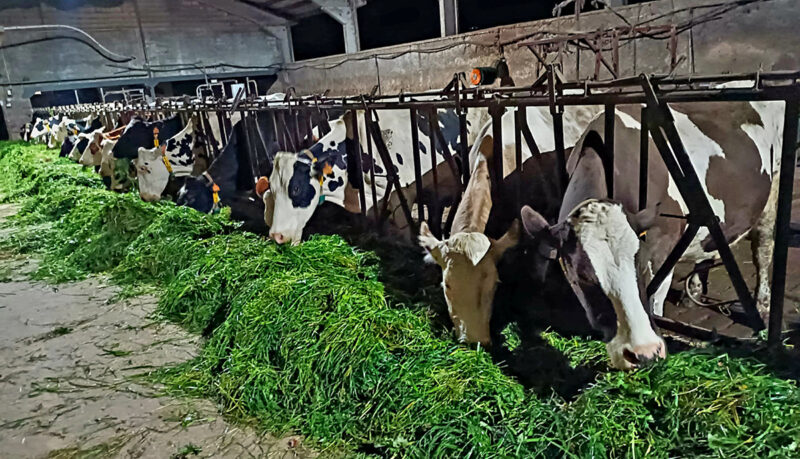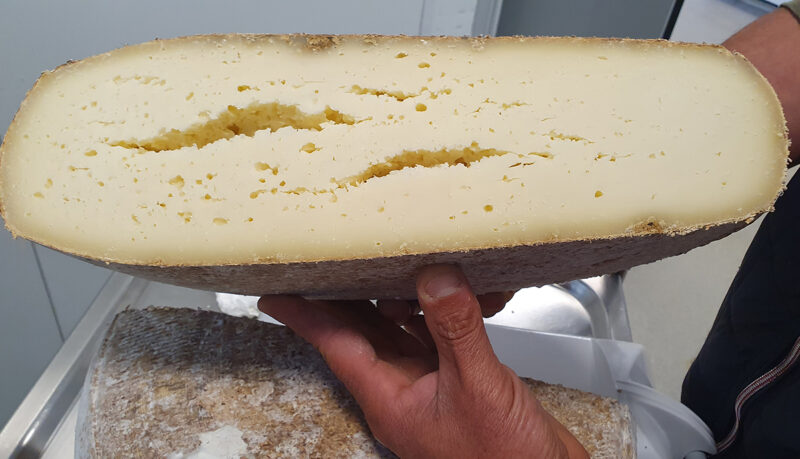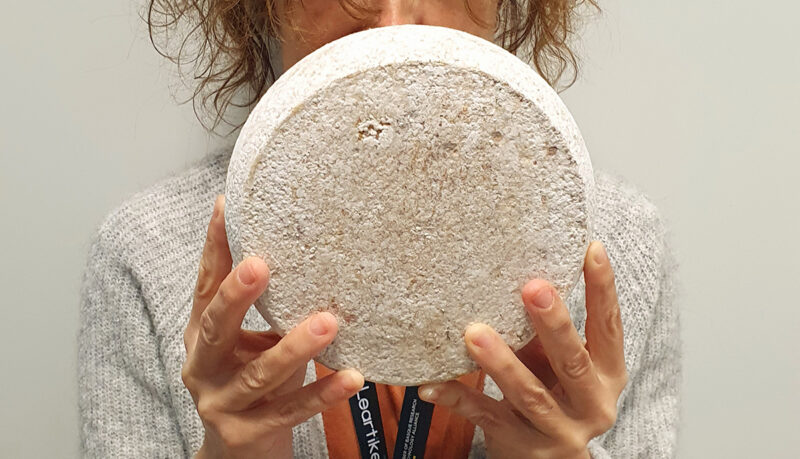
Revolution in the dairy cattle sector
In recent years, the cow dairy sector has undergone important changes driven by various policies and strategies at the European level. On the one hand, the One Health approach recognizes the relationship between human, animal and environmental health. This approach aims to promote the responsible use of antibiotics to prevent antibiotic resistance (AMR), work on zoonoses transmissible between animals and humans, and promote interdisciplinary cooperation to optimize the health of people, animals and ecosystems. On the other hand, the European Green Pact is a comprehensive strategy to make the European Union’s economy sustainable. Under this pact, the Farm to Fork Strategy seeks to transform food systems by reducing the use of pesticides and antibiotics and promoting sustainable agricultural practices. In addition, the Common Agricultural Policy (CAP) is one of the most important policies for the EU agricultural sector. Among its objectives is the promotion of environmental sustainability through agricultural practices that ensure the protection of the environment and biodiversity, as well as economic and technical support to improve the competitiveness and sustainability of farmers. These policies and approaches are designed to work together to promote a more sustainable and healthier agricultural sector, ensuring food security and environmental protection.
The implementation of all these strategic objectives has had a direct impact on the cow’s milk sector. Animal health management practices have been improved, and farms have been substantially modernized through the introduction of advanced technologies and the use of genetic improvements, which has increased efficiency and productivity. However, although these policies seek to improve the sustainability and efficiency of the sector, they have also posed important challenges for producers, both in terms of human resources, due to education and training needs, and economic challenges, which have required large investments.
In addition, supply problems caused by the context of the last five years and raw material price increases. The Covid pandemic and geopolitical conflicts, such as the war in Ukraine, have indirectly increased production costs, driving down profit margins.

Transformation of the livestock framing model of the Basque Country
Faced with this situation, the dairy cattle sector in the Basque Country has been immersed in a process of transition. Dairy cattle farms are implementing new strategies to add value and increase the yield of the milk produced. The livestock farming model based on numerous head of cattle and large volumes of production is undergoing a process of change. Several farms in the Basque Country region have already started to reduce the number of cattle and to take the step towards transforming the milk produced on the farm into cheese and dairy products with added value instead of sending it directly to the plant.
This transformation increases revenues by offering products with higher profit margins, diversifying supply and reducing dependence on raw milk sales. In addition, selling directly to local consumers and niche markets strengthens local economies and builds customer loyalty.

The importance of microbiological and physicochemical characteristics
But in order to carry out this transition with total guarantee, a change in the milk production system may be necessary, since the characteristics of the milk sent to the plant are not always the most suitable for cheese production, and the microbiological and physicochemical quality requirements of the milk vary depending on the use to which it will be put, whether for packaging as liquid milk or for the production of fresh dairy products or cheeses on the other hand.
In the last decades, the production of milk adjusted to the standards required by the industry has been encouraged, and nowadays, when starting to use the milk obtained in the farms for processing, many technological problems may arise, such as blowing, defects in the texture, appearance of strange flavours in cheeses, etc.
On the one hand, the bacteriology found in this milk, both in quantity and type, is not usually the most suitable for cheese production. It presents very low quantities of beneficial lactic acid bacteria that can hinder the acidification that must occur in the milk to produce cheese, increasing the growth of other microorganisms that cause inadequate sensory characteristics. It is also common to find the presence of uninteresting gas-producing bacteria, such as butyric spores, which during the ripening process swell the cheeses and cause defects. In addition, the ratio between the percentage of fats and proteins is also often unbalanced, directly influencing the production process and therefore the sensory characteristics of the cheeses.
Several factors influence milk quality. The milk production system, the time of the year (rain and drought, among others), the animal’s feed, the hygienic conditions during milking, etc., will directly influence the physicochemical composition of the milk, among others, the fat and protein content, as well as the diversity and quantity of microorganisms that the milk will have.
Therefore, obtaining cow’s milk with suitable characteristics for cheese production requires a change in the animal management system, since the microbiological and physicochemical characteristics of the milk are of strategic importance in guaranteeing high quality cheese production.

Collaborative research projects to improve cow’s milk quality for cheese production
In this context, in response to the needs of this sector, the Dairy centre- Leartiker has launched in 2025 different projects aimed at researching the quality of cow’s milk and dairy products. Among them, the internal project BEHITEK and the MILKSUIT project that we are developing in collaboration with NEIKER and four cow’s milk producers. Although each project has specific objectives, the general objective is to obtain cow’s milk suitable from the microbiological and physical-chemical point of view for cheese production, to develop from its innovative cow’s milk cheeses based on different cheese-making technologies. To this end, it is necessary to analyze current dairy cattle management practices and, in order to guarantee the technological quality of the milk produced, to propose systems for improvement and innovation in animal feeding, handling and hygienic practices. Likewise, the processes for making cheese adapted to native cow’s milk will be optimized from the technological point of view.
The developments of these projects will make it possible to advance in the improvement of milk quality and innovation in cheese production, guaranteeing the competitiveness and sustainability of the sector. Looking to the future, it is expected that this research and innovation will have a positive impact on the dairy sector, offering consumers the highest quality cheeses and dairy products.

